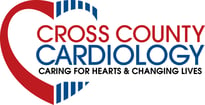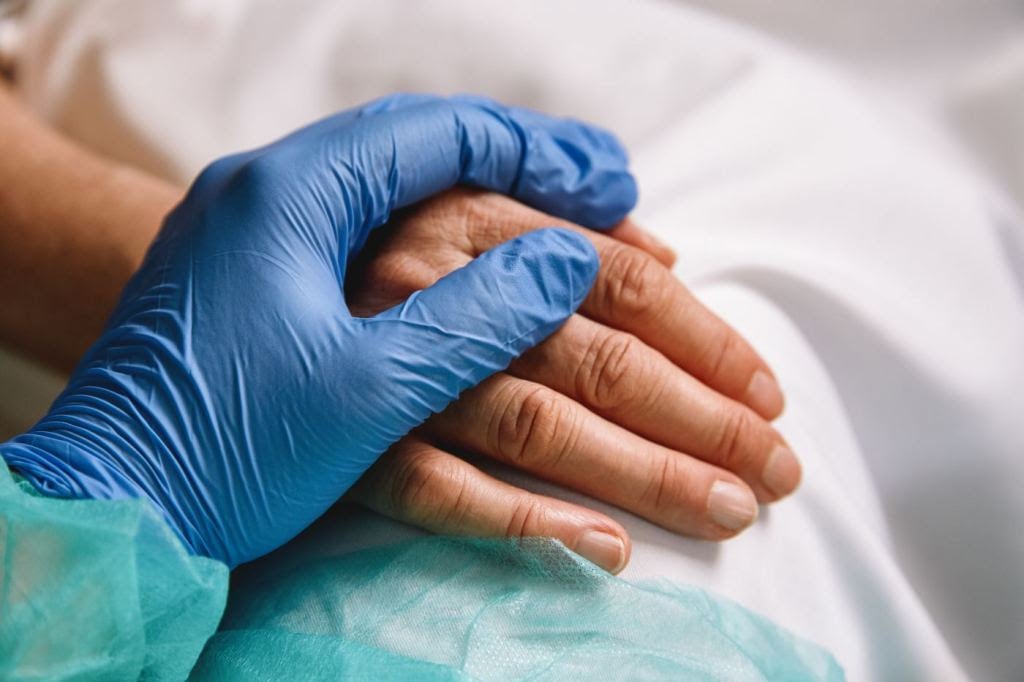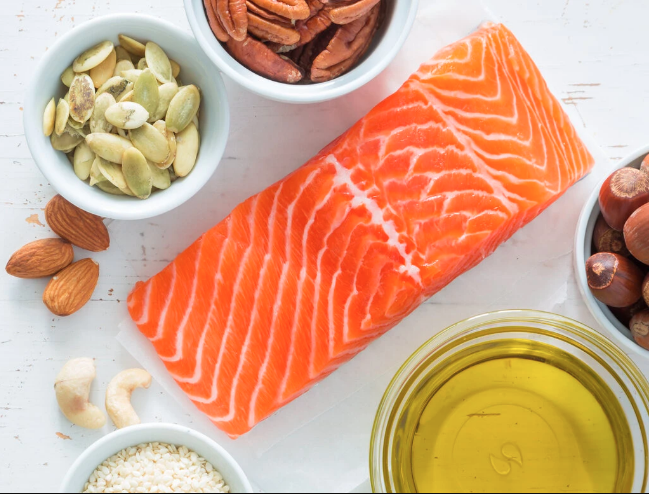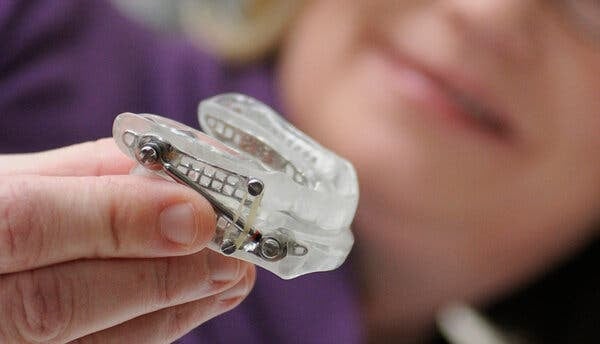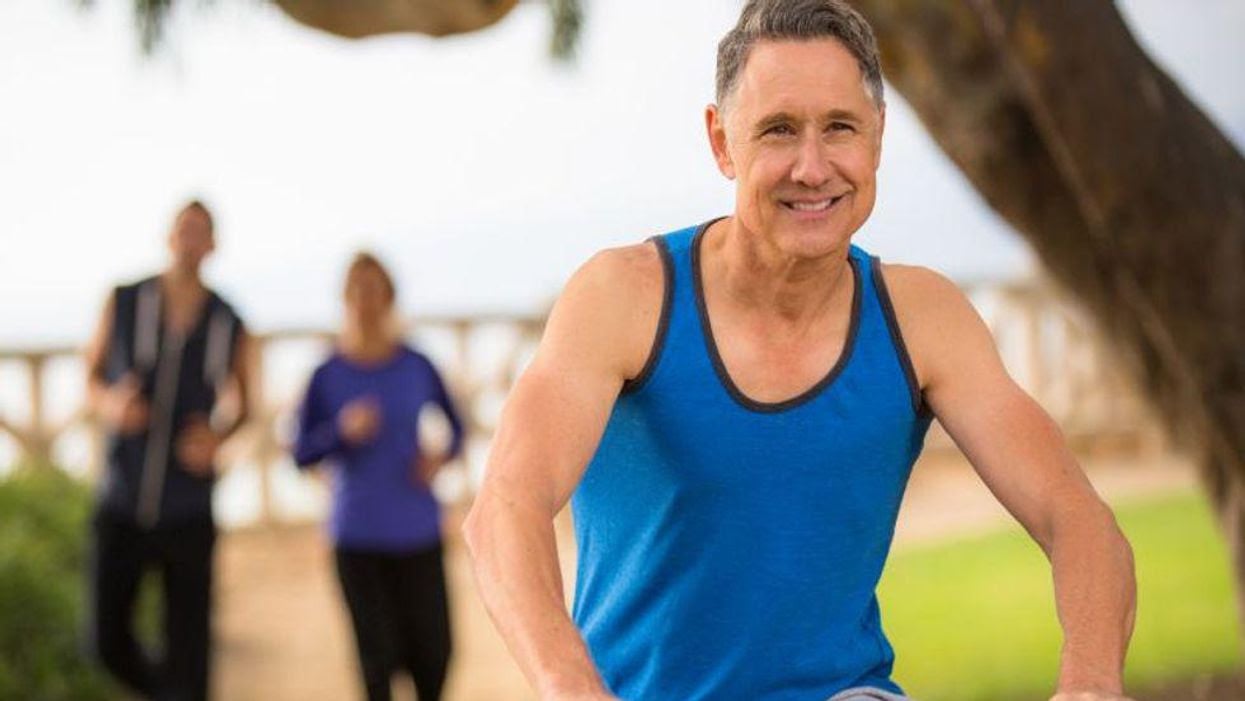Heart attack survivors could gain more than seven healthy years of life if they take the right medications and improve their lifestyle, new research estimates.
Unfortunately, studies have found, heart attack survivors rarely get optimal control over their risk factors.
The new research echoes that evidence: Of more than 3,200 patients, only 2% had their blood pressure, cholesterol and blood sugar under good control one year after their heart attack or heart procedure.
Overall, 65% still had high levels of "bad" LDL cholesterol, while 40% had high blood pressure. Things looked just as bad when it came to lifestyle -- with 79% of patients being overweight or obese, and 45% not getting enough exercise.
It all points to major missed opportunities, the researchers said.
Using a mathematical model, they estimated that if study patients' risk factors were being optimally controlled, they could gain 7.4 extra years free of a heart attack or stroke.
Why were so many patients falling short of treatment goals? It's likely a combination of things, said researcher Tinka Van Trier, of Amsterdam University Medical Center in the Netherlands.
Most patients were, in fact, on medication, including drugs to control cholesterol and blood pressure, or to prevent blood clots.
But they may not have been on the optimal doses or combinations of medication, Van Trier said.
And then there were the lifestyle factors, she said -- which can have a particular impact on blood pressure, cholesterol and blood sugar.
Van Trier presented the findings Thursday at the annual meeting of the European Society of Cardiology, being held online. Studies released at meetings are generally considered preliminary until published in a peer-reviewed journal.
Dr. Andrew Freeman, a cardiologist who was not involved in the research, said it begs an important question.
"Why aren't we being more aggressive in risk factor control?" said Freeman, who directs cardiovascular prevention and wellness at National Jewish Health in Denver.
Like Van Trier, he said that simply being on medication may not be enough: When patients' numbers are not where they should be, Freeman said, adjustments to medication doses and combinations may be necessary.
Just as important, though, is exercise, a healthy diet and weight management. Freeman encourages patients to move toward a plant-based diet, high in foods like fruits, vegetables, beans, nuts and fiber-rich grains.
Cardiac rehabilitation programs are where people can find help. Those programs can be prescribed in the aftermath of a heart attack, so that patients can have supervised exercise and, often, other services -- such as nutrition advice and help with quitting smoking and stress reduction.
"I'm an enormous fan of cardiac rehab," said Dr. Donald Lloyd-Jones, president of the American Heart Association.
After a heart attack, he explained, people can be fearful about exercise, depressed, or feel like it's "too late" to do anything about their cardiovascular health.
"Cardiac rehab gets patients into a monitored setting where they can learn to trust their bodies again," Lloyd-Jones said.
There are also resources outside of cardiac rehab. Van Trier advised patients to talk to their doctor about any help they need with quitting smoking or referral to a dietitian for help with nutrition and weight loss. Doctors may also be able to recommend community exercise programs, she said.
As for medications, Lloyd-Jones said patients should always bring any concerns to their doctor: If you're worried about a potential side effect, talk to your doctor rather than stopping a medication.
Family support is always key, all three experts said.
It's easier for patients to eat better, exercise or refrain from smoking when someone else is in it with them, Freeman said. And if the whole family is making healthy choices, he noted, everyone's heart health will benefit.
The heart experts at Cross County Cardiology - Mount Sinai are hear to discuss how getting healthy after a heart attack is key for many patients. Call our experts today at 201-499-7361 so we can help you get on the right track to a healthy new program.
___
More Information
The American Heart Association has more onlife after a heart attack.
SOURCES: Tinka Van Trier, MD/PhD candidate, Amsterdam University Medical Center, the Netherlands; Andrew Freeman, MD, director, cardiovascular prevention and wellness, and associate professor, National Jewish Health, Denver; Donald Lloyd-Jones, MD, president, American Heart Association, Dallas, and chair, preventive medicine, Northwestern University Feinberg School of Medicine, Chicago; European Society of Cardiology Congress 2021, presentation, Aug. 26, 2021,online
Published: FRIDAY, Aug. 27, 2021 (HealthDay News).

